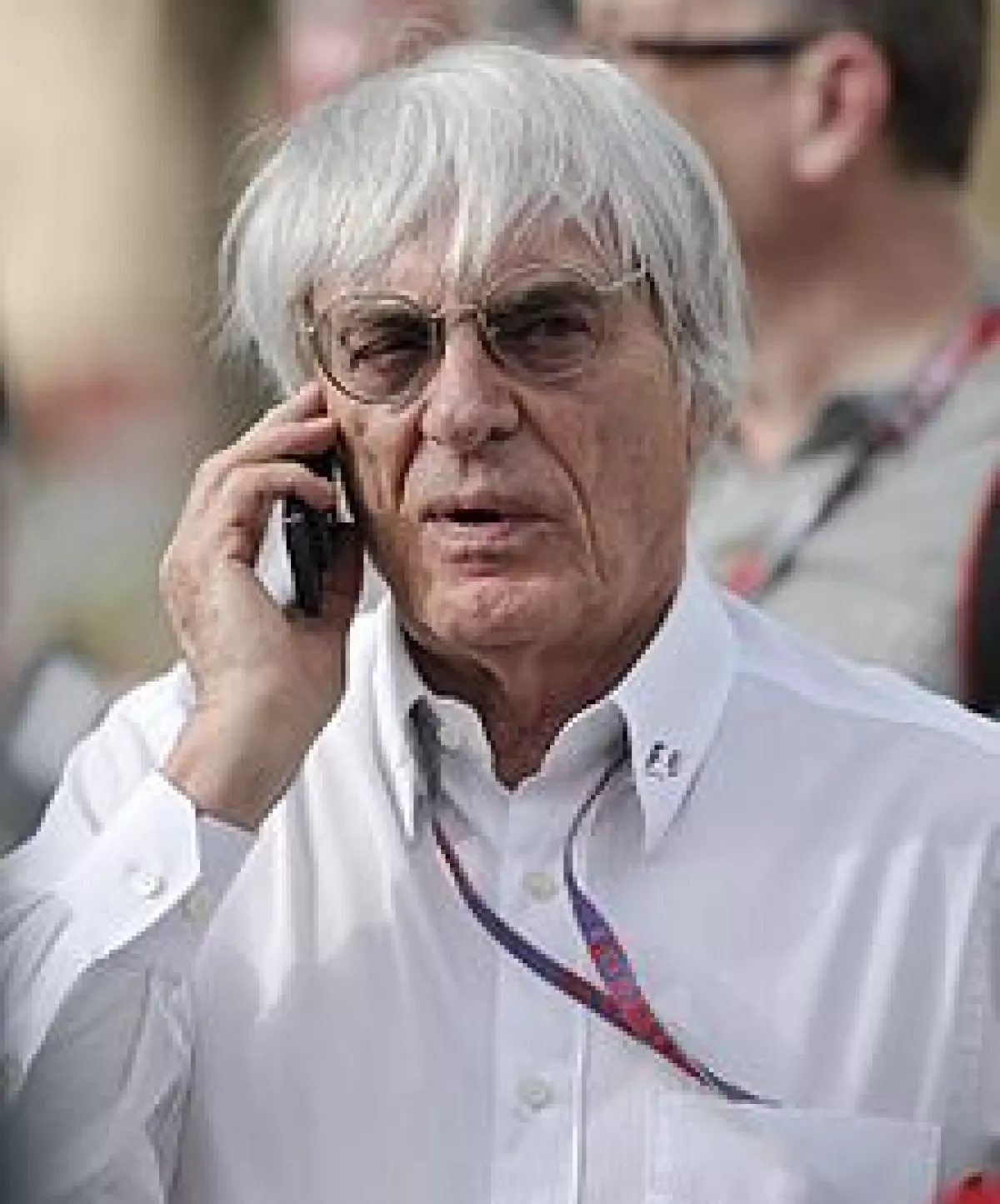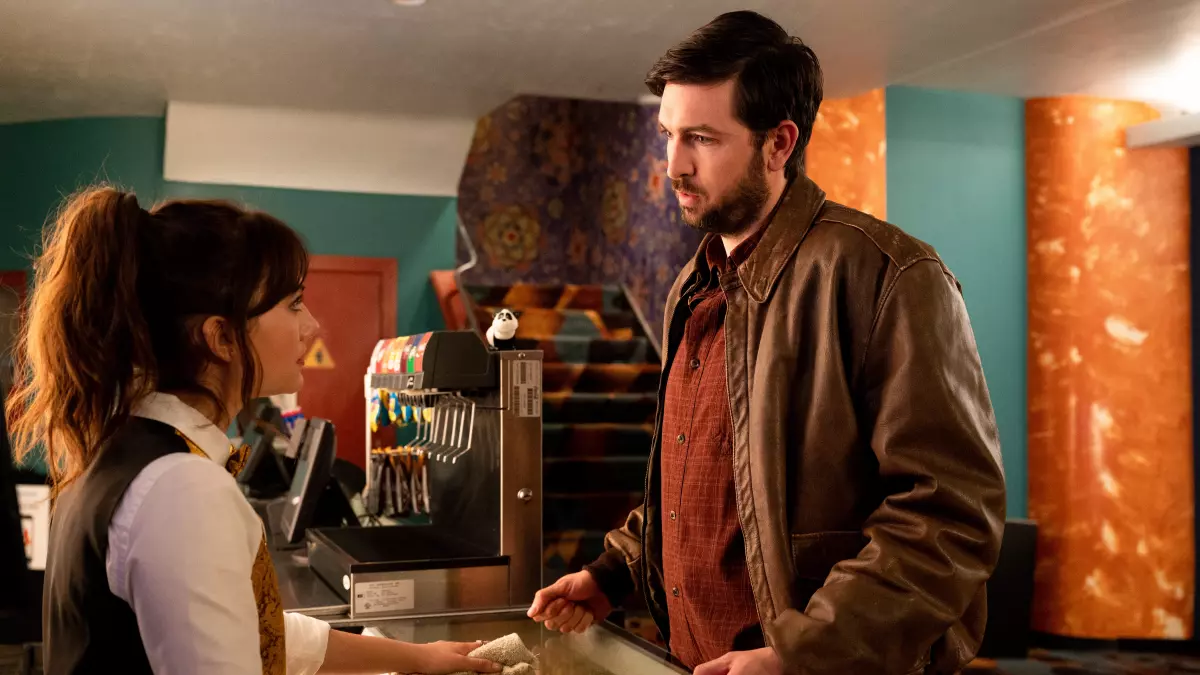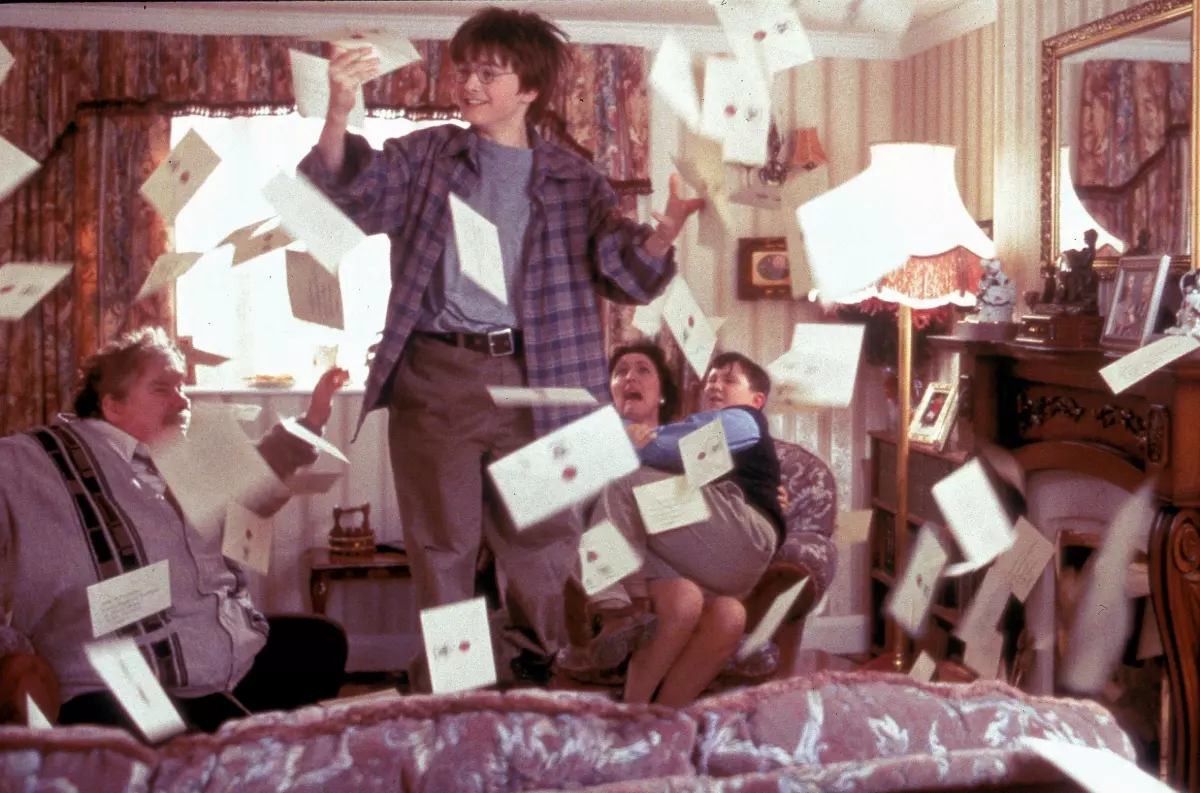The world of cinema has always been a canvas of innovation and artistic expression. Throughout its history, filmmakers have continuously pushed the boundaries of storytelling and visual artistry. One of the most significant milestones in cinematic history is the introduction of color to movies. Many cinephiles often wonder, "What was the first movie in color?" In this article, we will take a fascinating journey through the evolution of color in cinema and explore how this transformative shift forever changed the landscape of film.
A Colorful Journey: From Black and White to Color
Cinema has undergone several transformative revolutions, with one of the most striking being the transition from black and white to color. The journey of filming the first color movies is a captivating tale of innovation, experimentation, and the relentless pursuit of realism. While we now take color films for granted, the process of bringing color to the silver screen was a complex and fascinating evolution that spanned decades.
The Early Years: Silent Films in Monochrome
When cinema first emerged in the late 19th century, movies were universally coated in black and white. These early silent films relied heavily on visual storytelling, as sound had not yet become part of the cinematic experience. Directors like Georges Méliès, F.W. Murnau, and D.W. Griffith used dramatic lighting, innovative camera techniques, and inventive set designs to convey narratives and evoke emotions.
In those early days, color in cinema was a rarity. If color did appear, it was often hand-painted onto individual frames. Hand-coloring was a labor-intensive process that involved artists meticulously applying color to black-and-white footage. While these techniques were used for special effects or to emphasize key elements in films, they were far from mainstream.
 Caption: A frame from the Lumière brothers staged comedy film, L’Arroseur Arrosé (1895); Louis Lumière, Public domain, via Wikimedia Commons
Caption: A frame from the Lumière brothers staged comedy film, L’Arroseur Arrosé (1895); Louis Lumière, Public domain, via Wikimedia Commons
The Advent of Two-Color Technicolor
In the 1920s, a breakthrough occurred with the introduction of the two-color Technicolor process. This revolutionary development, pioneered by George Albert Smith and Charles Urban in 1908, added a degree of color to the cinematic experience. Two-color Technicolor used red and green filters to create a more realistic color effect. Notable films that embraced this technology included "The Toll of the Sea" (1922) and "The Black Pirate" (1925).
While two-color Technicolor showcased the potential of color in cinema, it also had its limitations. It could not reproduce the full spectrum of colors, often resulting in a somewhat limited and stylized appearance. Filmmakers had to adapt their sets and costumes to suit the technology, and careful lighting was essential for effective results. Nonetheless, two-color Technicolor marked a significant milestone in the progression toward color cinema.
The Introduction of Three-Color Technicolor
In the 1930s, a game-changing development arrived with the introduction of three-color Technicolor. This new process, perfected by engineers like Herbert Kalmus, allowed for the separate recording of red, green, and blue channels. This advancement enabled the full range of colors to be captured on film, making it possible for audiences to see the world in all its colorful glory.
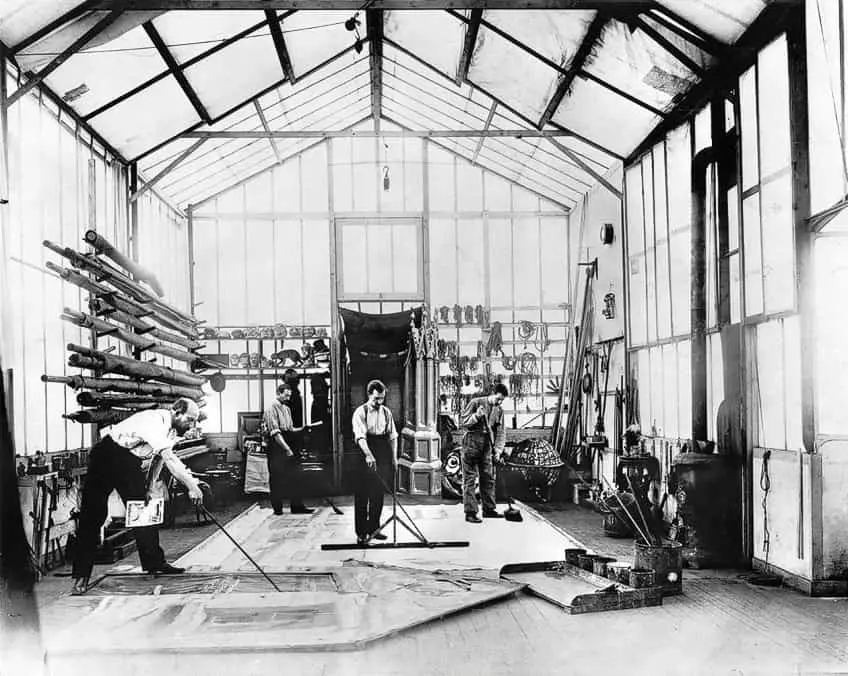 Caption: "Technicolor is natural color" Paul Whiteman stars in an ad for his film King of Jazz from The Film Daily, 1930; New York, Wid's Films and Film Folks, Inc., Public domain, via Wikimedia Commons
Caption: "Technicolor is natural color" Paul Whiteman stars in an ad for his film King of Jazz from The Film Daily, 1930; New York, Wid's Films and Film Folks, Inc., Public domain, via Wikimedia Commons
"Becky Sharp" (1935) became the first feature film to utilize the three-color Technicolor process, opening a new era of color cinema. With the introduction of three-color Technicolor, cinema was forever transformed, and a new world of artistic possibilities emerged.
The Artistry of Color in Film
The introduction of color in cinema was not just a technical achievement; it was also a powerful storytelling tool. Color could be used symbolically, with different hues representing various elements within a narrative. One of the most iconic examples of color use in storytelling is "The Wizard of Oz" (1939), directed by Victor Fleming. The film famously transitions from sepia-toned Kansas to the vibrant Technicolor world of Oz. This shift in color emphasizes Dorothy's journey from the ordinary to the extraordinary, showcasing the enchantment and transformative power of color in storytelling.
 Caption: Musicals, a genre known for its spectacle and song-and-dance numbers, thrived in the color world of cinema.
Caption: Musicals, a genre known for its spectacle and song-and-dance numbers, thrived in the color world of cinema.
Musicals, known for their spectacle and song-and-dance numbers, thrived in the colorful world of cinema. Films like "Singin' in the Rain" (1952) and "An American in Paris" (1951) used color to enhance the storytelling experience. Historical epics like "Gone with the Wind" (1939) and "Ben-Hur" (1959) utilized color to recreate the grandeur of their respective time periods. Color added depth and richness to these cinematic masterpieces, making them visually captivating and historically immersive.
Challenges and Artistic Choices
While the transition to color in cinema was a significant milestone, it was not without its challenges. Early color processes, including two-color and three-color Technicolor, required specialized equipment and expertise. These limitations resulted in higher production costs, limiting the usage of color to major studios and big-budget productions.
Interestingly, not all filmmakers immediately embraced color. Renowned directors like Alfred Hitchcock continued to use black and white as a stylistic choice even when color technology was readily available. For example, Hitchcock's "Psycho" (1960) used black and white to create mood and atmosphere, highlighting the enduring artistic appeal of monochrome.
The Digital Age and Beyond
The digital age has ushered in a new era of color cinema. With advancements in digital filmmaking and computer-generated imagery (CGI), filmmakers now have more control and flexibility in creating vibrant and imaginative worlds. The transition from black and white to color is no longer constrained by the limitations of film stock, allowing for even more creative storytelling. Contemporary films like "Avatar" (2009) showcase the potential of color in storytelling, using a combination of live-action and CGI to create visually captivating worlds.
The Earliest Full-Color Movies: From Kinemacolor to Technicolor Triumphs
The First Movie Shot Entirely in Two-Color
When asked about the first movie shot entirely in two-color, "The Wizard of Oz" often comes to mind. However, while "The Wizard of Oz" was indeed pivotal in popularizing color in film, large portions of the film were presented in a sepia tone to reflect the character's hometown. The true answer lies 25 years before "The Wizard of Oz" in a groundbreaking film that changed the course of cinematic storytelling forever. That film is "The World, the Flesh, and the Devil," a pioneering masterpiece shot entirely in two-color using the Kinemacolor process.
The World, the Flesh, and the Devil: A Colorful Vision Takes Shape
Released in 1914 and directed by Herbert Brenon, "The World, the Flesh, and the Devil" brought vibrant hues to life at a time when the film industry was still in its infancy. Based on a novel by Nelson Lloyd, the film captured the bustling backdrop of New York City like never before. What made this film truly groundbreaking was its use of the two-color Kinemacolor process, developed by George Albert Smith and Charles Urban. Although less sophisticated than modern color processes, Kinemacolor brought a vibrant and lifelike quality to the screen.
"The World, the Flesh, and the Devil" used color not just as an aesthetic enhancement but as an integral storytelling device. The colors underscored the emotional and thematic elements of the narrative, adding depth and richness to the characters and their experiences. It was a cultural milestone and a technical feat, resonating with audiences and symbolizing the dawning of a new era in cinema. This pioneering use of color influenced the future of filmmaking in profound ways.
The First Movie Shot Entirely in Three-Color
In the early days of cinema, black-and-white and two-toned films dominated the screen. A monumental shift occurred with the introduction of full three-color Technicolor. The first feature-length milestone in this new era was "Becky Sharp," a groundbreaking film released in 1922. It was the first movie ever to be filmed entirely in full, vivid, and glorious three-color Technicolor.
Becky Sharp: A Pioneering Triumph in Full Color Cinema
Directed by Lewis J. Selznick, "Becky Sharp" showcased the immense potential of three-color Technicolor. This process involved capturing images through three separate lenses, each equipped with color filters. The three separate color records were then combined expertly in post-production to create a full range of colors, delivering a vibrant and true-to-life palette unprecedented in cinema. "Becky Sharp" marked a momentous evolution in film technology, unleashing a spectrum of colors onto the screen and transporting audiences to a world that mirrored reality more closely.
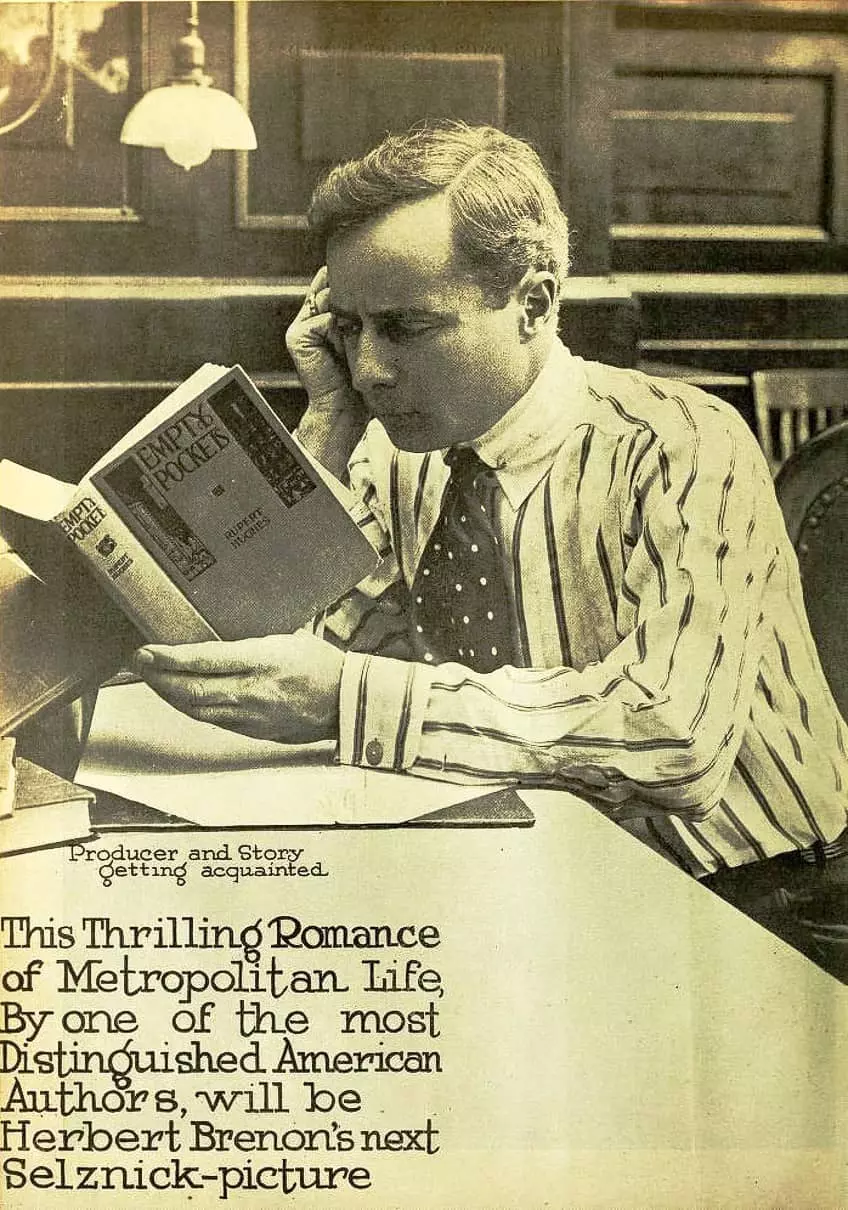 Caption: Miriam Hopkins portraying the character in the film Becky Sharp; Film screenshot, Public domain, via Wikimedia Commons
Caption: Miriam Hopkins portraying the character in the film Becky Sharp; Film screenshot, Public domain, via Wikimedia Commons
"Becky Sharp" was not just a technical achievement; it was a cultural and artistic milestone. As color cinema emerged, it symbolized a world in transition, where artistic innovation intersected with the emotional depth of storytelling. The film stood as a testament to progress, imagination, and the potential of color to transform cinematic narratives. The shift from black-and-white to full-color cinema was a monumental transition, and "Becky Sharp" was at the forefront of this revolutionary movement. It paved the way for the emergence of full-color storytelling, where the vibrancy and richness of the palette amplified the emotional and narrative resonance of films. "Becky Sharp" remains a testament to the enduring power of cinema to inspire, captivate, and innovate.
Hand Colorization: Bringing Monochrome Films to Life
In the early days of cinema, the silver screen was painted only in shades of black and white. Filmmakers yearned for a way to infuse color into their narratives, and the answer came in the form of hand colorization. This meticulous and artistic process transformed monochrome films into vibrant and captivating tales.
The Genesis of Hand Colorization
As early filmmakers and audiences desired to see their stories in color, the technique of hand colorization emerged as a solution. Artists painstakingly painted individual frames of black-and-white films with watercolors or oil-based dyes to introduce color to specific elements within a scene. Hand colorization allowed filmmakers to make particular elements stand out or convey symbolism, enhancing the film's storytelling.
 Caption: Georges Méliès painting a backdrop in his studio; See page for author, Public domain, via Wikimedia Commons
Caption: Georges Méliès painting a backdrop in his studio; See page for author, Public domain, via Wikimedia Commons
One of the earliest known instances of hand colorization in cinema can be traced back to the early 1900s. Pioneering filmmaker Georges Méliès frequently utilized this technique to bring his fantastical visions to life. Hand-painted frames vividly showcased Méliès' imaginative worlds in color, captivating audiences and establishing him as an early pioneer of the craft.
The Craft of Hand Colorization
Hand colorization was an intricate and labor-intensive process that demanded skill and patience. Gifted artists would meticulously apply color frame by frame, adding life and vibrancy to the film. The strategic use of color created a sense of depth and perspective within a scene. For example, a character in the foreground might be painted with brighter, more vibrant colors, while the background could be given a more subdued, cooler tone. This technique drew the audience's attention to the most crucial elements of the scene.
Hand Colorization in Silent Films
Hand colorization continued to be a popular method in silent films, offering spectacle and enriching storytelling. Directors like D.W. Griffith used hand colorization to heighten emotional impact. Griffith's epic silent film, "Intolerance" (1916), extensively employed hand colorization to enhance the film's storytelling, particularly in sequences depicting ancient Babylon.
 Caption: Theatrical poster for Intolerance (1916); See page for author, Public domain, via Wikimedia Commons
Caption: Theatrical poster for Intolerance (1916); See page for author, Public domain, via Wikimedia Commons
The Persistence of Hand Colorization
Even as full-color processes like Technicolor emerged in the 1930s, hand colorization endured, particularly in markets with limited access to color technology. Filmmakers in Eastern Europe and Asia continued to employ hand colorization to add vibrancy to their movies. The iconic 1934 Soviet film, "Alexander Nevsky," featured hand-colorized sequences that intensified the battle scenes, contributing to the film's lasting impact.
The Pioneers of Hand Colorization
The legacy of hand colorization endures as a testament to the creativity and dedication of early colorists. These artists played an essential role in the development of cinema, enriching storytelling and enhancing the visual appeal of the medium. Hand colorization bridged the gap between the monochrome era of early cinema and the vibrant, full-color spectacles we enjoy today. It remains a reminder of the artistry and ingenuity that have shaped the world of cinema.
Technicolor: Revolutionizing the World of Cinema
In the history of cinema, few innovations have had a more profound and lasting impact than Technicolor. When it burst onto the scene in the 1930s, it transformed the way movies were made and watched, enriching storytelling, cinematography, and the entire cinematic experience.
The Birth of Technicolor
Before Technicolor, the motion picture industry primarily relied on black-and-white film stock. The dream of bringing vivid, lifelike colors to the screen had long eluded filmmakers. Developed by Herbert Kalmus, Daniel Frost Comstock, and W. Burton Wescott, the Technicolor process was a groundbreaking leap forward in cinematic technology. In 1935, the release of "Becky Sharp" marked the first full-length feature film shot entirely in Technicolor. It dazzled audiences with its rich, vibrant colors, instantly establishing Technicolor as a force to be reckoned with in the film industry.
The Impact on Storytelling
Technicolor offered filmmakers a powerful new tool for storytelling. Color became not only visually stunning but also a means to convey a wide array of moods, emotions, and themes. Directors and screenwriters could now use color to enhance the narrative.
Whether through the symbolism of specific colors, the emotional resonance of a character's wardrobe, or the depiction of different time periods, Technicolor opened up a world of creative possibilities. "The Wizard of Oz" (1939) exemplifies the narrative structure enhanced by Technicolor, with the switch from black and white to color serving as a visual metaphor for Dorothy's transition from her mundane life in Kansas to the magical world of Oz.
Technicolor and Cinematography
Technicolor revolutionized cinematography by capturing red, green, and blue light with three separate strips of film. This precise capture resulted in more accurate and vibrant color reproduction. Cinematographers and directors could now experiment with color palettes, lighting, and composition to create visually stunning and emotionally resonant scenes.
"Gone with the Wind" (1939) showcased the full potential of Technicolor in capturing the grandeur of the American South. The film's lush landscapes, colorful costumes, and vivid sunsets contributed to its visual splendor, making it a true masterpiece of color cinematography.
The Magic of Musicals
Musicals and Technicolor were a match made in cinematic heaven. The marriage of music and color created spectacular and immersive experiences on the silver screen. Films like "The Adventures of Robin Hood" (1938) used Technicolor to enhance the enchanting and adventurous elements of the story.
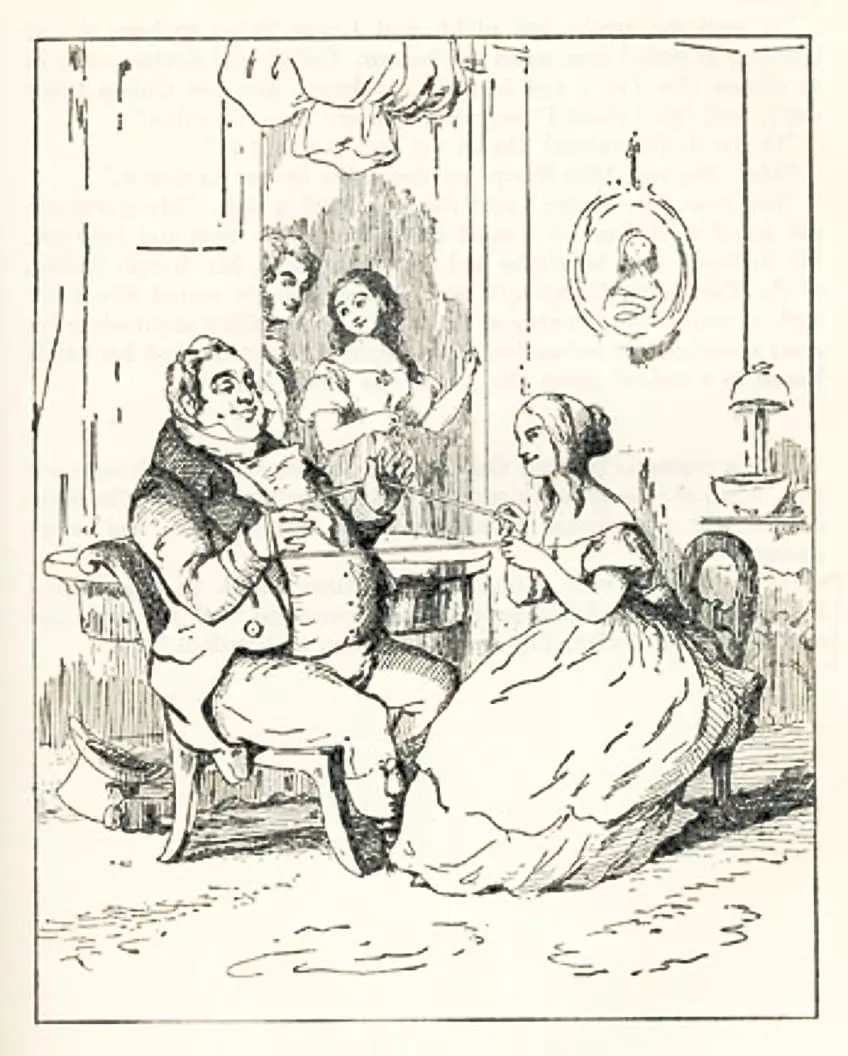 Caption: "Ben-Hur" filming site near Lifta, intended to represent Jerusalem; Fritz Shlezinger, Public domain, via Wikimedia Commons
Caption: "Ben-Hur" filming site near Lifta, intended to represent Jerusalem; Fritz Shlezinger, Public domain, via Wikimedia Commons
Expanding Genre Horizons
Technicolor gave rise to genres that lent themselves perfectly to color cinematography. Epic historical dramas, fantasy, adventure, and romantic films found a new medium in which to express their grandeur and extravagance. "Ben-Hur" (1959) exemplified the potential of Technicolor in epic historical dramas, capturing the vividness of ancient Rome and its grand spectacles.
The Transition to Full Color
Technicolor played a pivotal role in bridging the transition from black-and-white to full-color cinema. As the film industry began to adopt full-color processes, Technicolor had already set the standard for what colors in films should look like. It influenced the development of newer color technologies and set the bar for vibrant and lifelike colors that audiences expected to see on the screen.
Technicolor's Enduring Legacy
Despite the evolution of cinematic technology and the eventual decline of the original Technicolor process, its legacy endures in the hearts and minds of filmmakers and audiences alike. Technicolor transformed cinema by providing filmmakers with a powerful tool for storytelling and cinematography. Its impact is seen not only in the films it directly influenced but also in the way it shaped the expectations of viewers, setting the standard for the quality of color in film.
Technicolor revolutionized cinema by introducing the magic of color to the silver screen. It enriched storytelling, offered new opportunities for cinematography, and opened doors to the creative exploration of color in cinema. Through the brilliance of Technicolor, filmmakers and audiences experienced a transformation that forever changed the world of cinema, inspiring filmmakers to this day. Technicolor's legacy is a vibrant and enduring testament to its lasting impact on the art of storytelling in film.
Frequently Asked Questions
When Were Movies Made in Color?
The first experiments with color in motion pictures date back to the late 19th and early 20th centuries. However, it was not until the 1930s that full-length feature films in color, particularly using the three-color Technicolor process, began to emerge. The early 1930s marked the beginning of the color revolution in cinema.
What Was the First Movie in Color?
The first full-length feature film shot entirely in color was "Becky Sharp," released in 1935. Directed by Rouben Mamoulian, this film marked a significant milestone in cinematic history, utilizing the early three-color Technicolor process.
By exploring the fascinating evolution of color in cinema, we gain a deeper appreciation for the dedication and innovation of filmmakers who continuously push the boundaries of artistic expression. From the humble beginnings of hand colorization to the triumph of Technicolor, the world of cinema has been forever transformed, immersing audiences in vibrant and captivating storytelling experiences.









